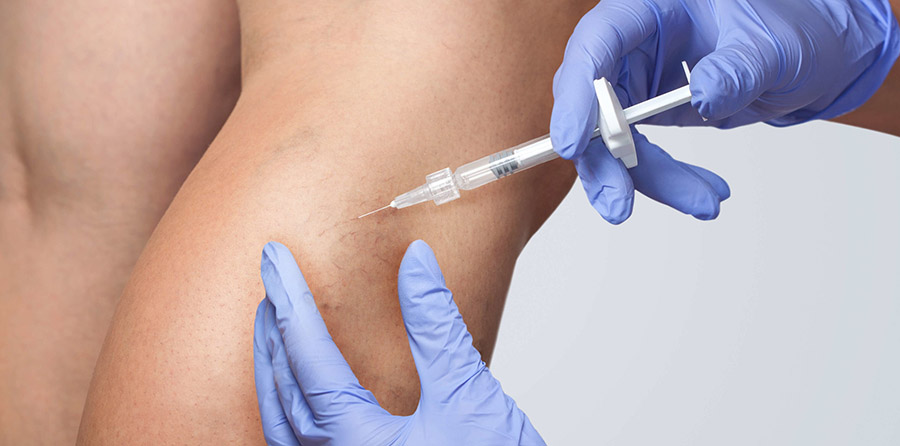Vein Treatment: What to Expect During and After the Procedure


Vein treatments have evolved significantly, offering solutions that are less invasive, more effective, and come with shorter recovery times. For those considering or preparing for a vein treatment, understanding what to expect during and after the procedure can help ease any concerns and facilitate a smoother recovery. This guide outlines common vein treatments, the recovery process, and tips for a smooth recovery.
What to Expect During Vein Treatment Procedures
Vein treatments vary depending on the condition being treated and the severity of the issue. Here are some common procedures and what to expect:
- Sclerotherapy: Used for spider veins and small varicose veins, this treatment involves injecting a solution directly into the vein, causing it to scar and blood to reroute through healthier veins. The treated vein eventually fades. The procedure is quick, usually taking less than an hour, and is performed in an outpatient setting.
- Endovenous Laser Treatment (EVLT): For larger varicose veins, EVLT uses laser energy to close off the affected vein. A thin fiber is inserted into the vein, delivering laser energy that heats and closes the vein. The procedure is minimally invasive, performed under local anesthesia, and typically takes about an hour.
- Radiofrequency Ablation (RFA): Similar to EVLT, RFA uses radiofrequency energy to heat and close varicose veins. It’s minimally invasive, requires local anesthesia, and takes about an hour to complete.
Vein Treatment Procedure Recovery Process
Recovery from vein treatments varies by procedure and individual. However, most people can return to their daily activities almost immediately, with some precautions:
- Sclerotherapy: Recovery is typically quick, with most patients resuming normal activities the same day. Compression stockings may be recommended for a week or two to aid healing.
- EVLT and RFA: Recovery from these procedures may involve wearing compression stockings for a week or more to support healing. Most patients can resume normal activities within a day, although it’s advised to avoid strenuous exercise for a week or two.
Tips for a Smooth Recovery
- Follow Post-Procedure Instructions: Adhering to your doctor’s guidelines is crucial for healing. This includes wearing compression stockings if prescribed and attending follow-up appointments to ensure proper recovery.
- Stay Active: Gentle walking is encouraged soon after treatment. It helps with blood circulation and reduces the risk of complications.
- Elevate Your Legs: Elevating your legs when sitting or lying down can reduce swelling and improve circulation.
- Stay Hydrated: Drinking plenty of water helps maintain healthy circulation and supports the healing process.
- Avoid Heavy Lifting: For a few weeks post-treatment, avoid heavy lifting and strenuous exercise to prevent unnecessary strain on the treated veins.
- Monitor for Complications: While complications are rare, it’s important to monitor for signs of infection, deep vein thrombosis, or other issues and contact your doctor if you have concerns.
- Patience with Results: It can take several weeks to months to see the full results of vein treatments. Patience and following your doctor’s advice are key.
Vein treatments offer a path to not only improved appearance but also enhanced comfort and health. Knowing what to expect during and after these procedures can help patients approach treatment with confidence and contribute to a successful recovery. With advancements in vein treatment technologies and techniques, patients can look forward to effective solutions with minimal downtime and excellent outcomes. Remember, the key to a smooth recovery lies in following your doctor’s instructions, staying active within recommended limits, and giving your body the time it needs to heal.
